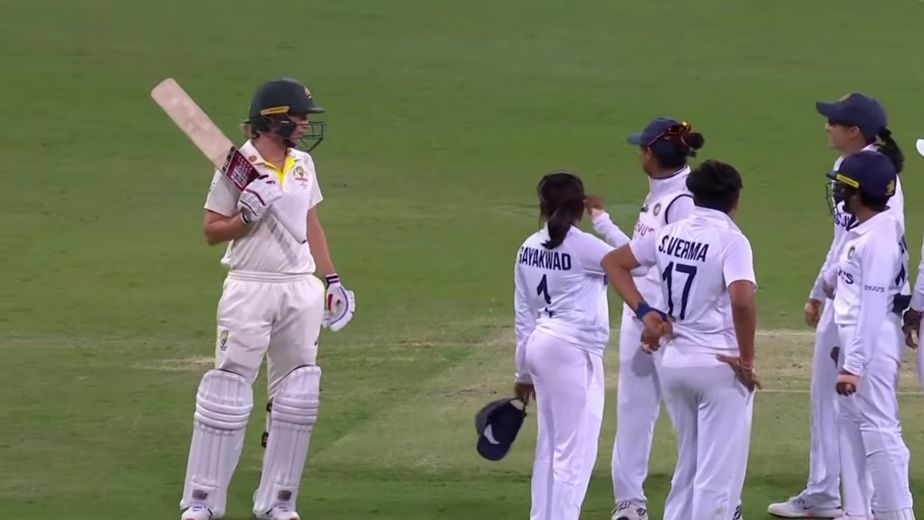(Cricket news) The legendary pink ball Test between India and Australia ended in a draw due to heavy rain and weather interruptions. The Indian side got the better of Australia for the majority of the 4 days.
Here are the 3 takeaway points from the Test match-
India's persistent seam attack:
The Indian men's team has now reached a stage where it has the best seam attack in the world. The women's team has started its journey now. India's three medium pacers Jhulan Goswami, Meghna Singh and Pooja Vastrakar picked up 9 out of the 11 wickets that Australia lost over the two innings. Jhulan Goswami with her experience led the attack with utmost responsibility. Another experienced seamer in Shikha Pandey couldn't get a place in the team which goes on to show India's depth. Monica Patel and Arundhati Reddy are two other young seamers waiting for their opportunities. The future of Indian cricket in all forms looks very bright and producing quality seam bowlers in addition to their traditional spin prowess is a great sign.
Also read: Women's Pink ball Test between India and Australia ends in a draw
India's precious opening pair:
Shefali Verma and Smriti Mandhana have once again proved that they are the best opening pair in the world. After giving India good starts in the ODIs, they have continued doing the same in Tests. Mandhana scored a ton in the first innings while Verma scored a half-century in the second innings. The pair added 70 plus runs for the first wicket in both the innings. The consistency of the two batters is through the roof and the Indian camp would be expecting the same in the 3 T20Is. The opening partnership is quite possibly India's strongest asset in all 3 formats. Smriti Mandhana is still 25 while Shefali is just 17 years of age which goes on to show how bright the future of this Indian team is.
Future of Women's Test cricket:
The entertainment value and drama of the game is itself enough to convince the people incharge that Test cricket needs to be a regular feature. Indian skipper Mithali Raj expressed her desire to have Test matches in every bilateral series instead of playing one every 2-3 years. India's last two Tests have ended in a draw which has also sparked a debate on whether it's time to make the Women's Test a 5-day affair just like the men's. The first step would definitely be more regularity in Test matches for the women. At the end everything depends on the players and their commitment to the format which would then influence the bigger picture. The BCCI has constantly said that their aim is to better the structure and progress of women's cricket. Regular Test matches will definitely be a part of that.














